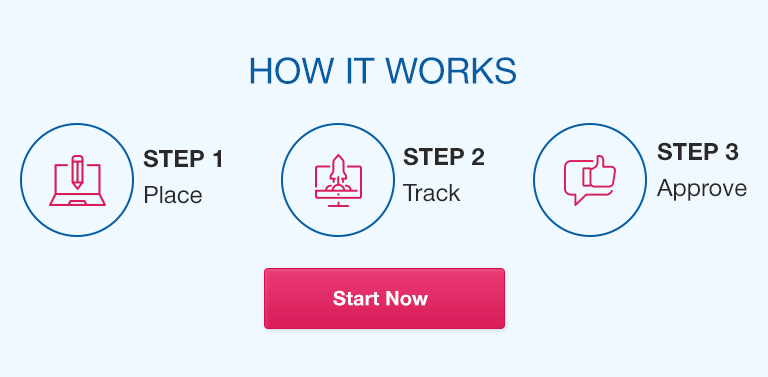These case studies should be based on strategic management and issues
You will demonstrate your ability to review and assess various business situations based upon cases. These cases will vary in nature, length, and content. Don’t fall into the trap that a case only has a specific chapter theme or problem. Many problems exist in all these cases. While we will focus on a particular course theme of strategic management when we discuss the case, all strategic issues must be identified to understand how they impact the organization being discussed.
These write-ups should be typed, one-inch margins on all sides; 12 pt. Times New Romans; page numbers; single-space typed; and two pages (maximum length). This is not to be a review of the case. In this write-up, you need to be extremely specific. You should not repeat any of the case details. The format of this case analysis should have the following headings: Problems/Issues; Possible Solutions; Recommend Solutions; and Expected Outcomes. These write-ups are designed to be executive strategic decision documents written so that your immediate report-to would be able to read, understand, and implement your strategic decision.
Expert Solution Preview
Introduction:
As a medical professor responsible for designing assignments and evaluating the performance of medical college students, my focus is on fostering their understanding and application of strategic management principles in healthcare contexts. The assignments and assessments revolve around analyzing case studies that illustrate strategic issues in the healthcare industry. The goal is to develop students’ abilities to review and assess real-world business situations, identify strategic problems, propose and evaluate potential solutions, and anticipate the expected outcomes of their strategic decisions.
Answer:
In response to the content provided, which discusses the format and requirements for case write-ups, it is crucial to note that the focus of the assignments for medical students will be tailored to the healthcare industry. While the general structure of the case analysis remains the same, it is imperative to adapt the content to reflect healthcare-specific strategic management challenges and opportunities.
The Problems/Issues section of the case analysis should identify the key strategic management problems and issues faced by healthcare organizations in the given scenario. This could include challenges related to healthcare delivery, cost management, regulatory compliance, technology adoption, or strategic positioning in a competitive market.
Possible Solutions should generate potential strategies or approaches to address the identified problems or issues. These solutions should be grounded in strategic management principles, taking into account the unique dynamics and complexities of the healthcare industry. For example, solutions could encompass initiatives such as implementing telemedicine services, optimizing medical supply chain management, or designing innovative healthcare delivery models.
Recommend Solutions should involve a thorough evaluation of the possible solutions proposed in the previous section. This evaluation should consider the feasibility, cost-effectiveness, ethical considerations, and potential impact on stakeholders. It is essential for students to critically analyze and justify their recommendations based on relevant evidence, healthcare regulations, and strategic management theories.
Finally, the Expected Outcomes section should outline the anticipated results or consequences of implementing the recommended solutions. This includes both short-term and long-term outcomes, such as improved patient outcomes, increased efficiency in healthcare processes, financial sustainability, or enhanced competitive advantage.
By adhering to the provided format and incorporating healthcare-specific strategic management aspects, students will develop the skills necessary to make informed and strategic decisions in the healthcare industry. These case write-ups serve as opportunities for students to think critically, develop creative solutions, and apply strategic management principles to real-world healthcare challenges.



